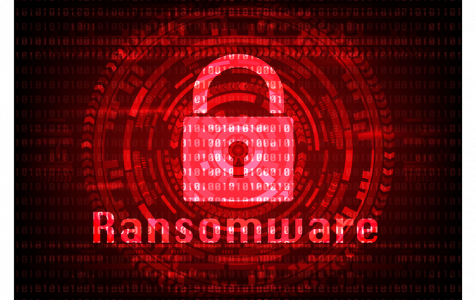

If the victim pays the ransom, the attacker will provide the decryption key and the victim will be able to access their files again.The attacker will then demand a ransom from the victim, typically in the form of a digital currency like Bitcoin, in exchange for the decryption key that will unlock the encrypted files.The ransomware will then encrypt the victim's files, making them inaccessible to the user.
#Ransomwhere software install
Once the attacker has access to the victim's computer, they will install the ransomware on the system.


Locker ransomware - A type of ransomware locks victims out of their computer by changing the login credentials or displaying a message that prevents the victim from accessing their system.Attackers then demand a ransom payment in exchange for the key Encrypting ransomware - The most common type of ransomware encrypts the victim's files so that they cannot be accessed without the decryption key.Some of the most common types of ransomware include: There are many different types of ransomware, and new strains are constantly being developed.


 0 kommentar(er)
0 kommentar(er)
